Tank Warfare Isn't Dead, But These Are the 5 Absolute Worst Tanks in the World
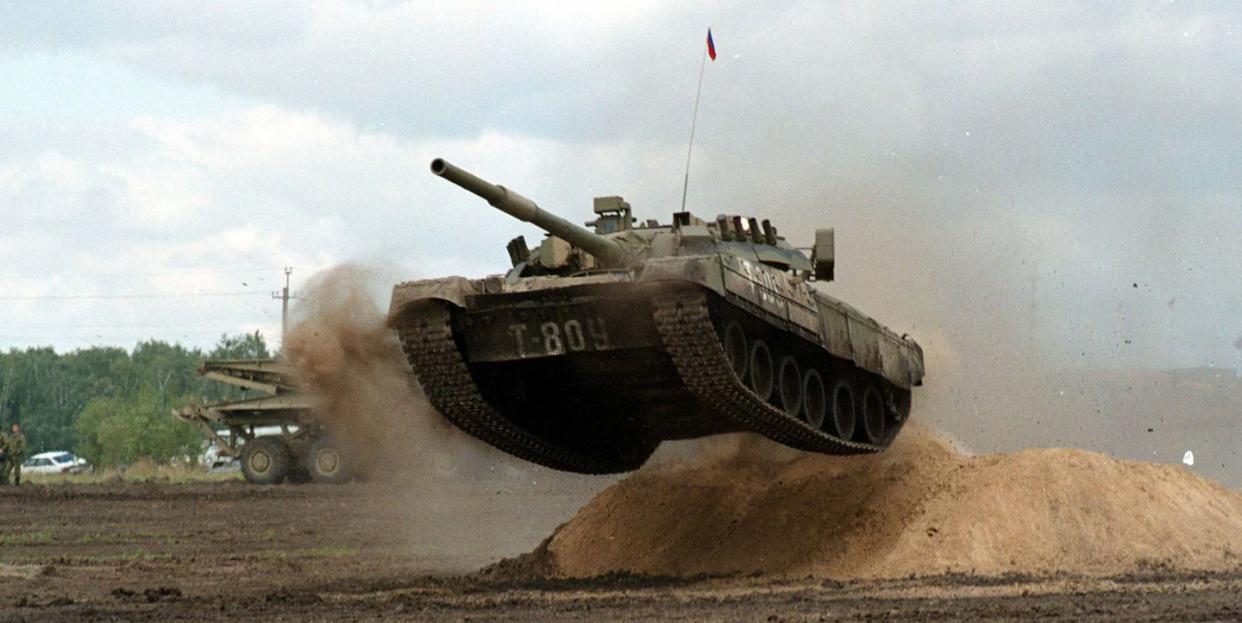
Russia’s invasion of Ukraine has put a new focus on mechanized land warfare.
In a world where there’s no room for second place, most tanks are actually quite good.
Some tanks, however, are either poorly designed, poorly built, or should have headed to the scrap heap a long time ago.
The Russian invasion of Ukraine reintroduced Europe to something many thought had been relegated to the proverbial trash heap of history: large-scale, mechanized warfare. In late February, at Russian President Vladimir Putin’s command, more than 1,000 tanks marched on the Ukrainian capital of Kyiv. The result has been six weeks of intense, grinding warfare, the scale of which has not been seen in Europe since World War II, with tanks fighting on both sides.
🎖Don’t miss any of our best-in-class military and defense coverage. Join Pop Mech Pro.
The armies of the world operate a grand total of 73,000 tanks of all types. Tank warfare is highly competitive, and bad tanks are quickly destroyed in wartime. Many of the “worst” tanks are badly designed or built, their flaws hidden for decades before finally being revealed in actual combat. Others, unfairly or not, are simply good tanks that have soldiered on for too long.
T-34/85 (North Korea)
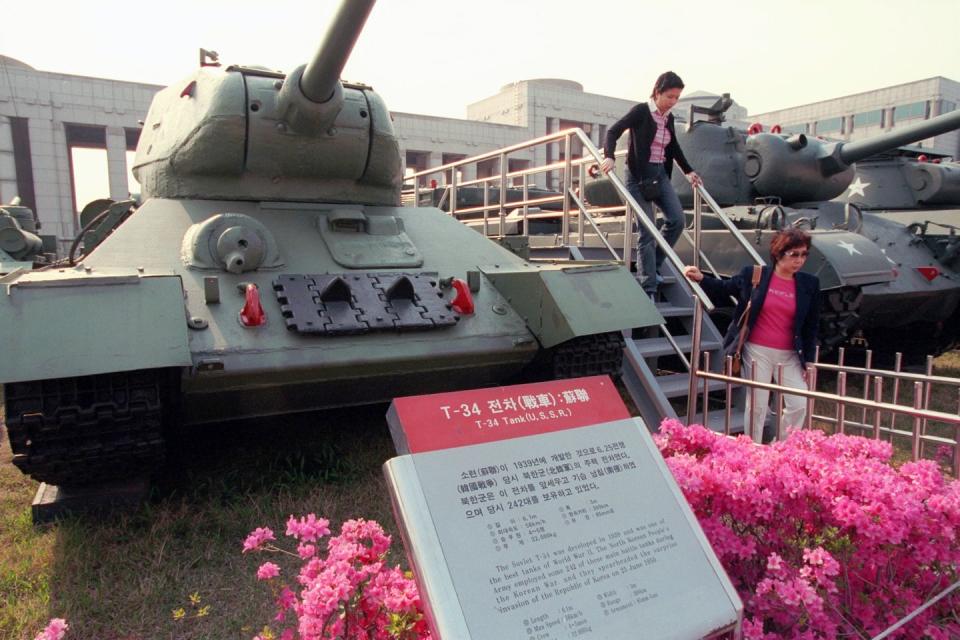
One of the most iconic tanks of the Second World War was the Soviet T-34 medium tank. The T-34, conceived in great secrecy in Stalinist Russia, featured a powerful 76.2-millimeter main gun, good armor protection, and good cross-country mobility. By 1945, the tank— armed with a heavier 85-millimeter gun and improved armor, now dubbed the T-34/85—was spearheading the Russian Army’s drive on Berlin.
Nearly 80 years later, the North Korean People’s Army’s thrifty reserve forces still operate T-34/85 tanks. They’ve been overhauled and fitted with new running gear and slat armor designed to pre-detonate the warheads of anti-tank missiles. Despite these modest improvements, the lifetime of a T-34/85 in a match against South Korean K-2 tanks and American M1A2 tanks would be measured in seconds, depending on how long it took its adversaries to load their guns.
Arjun (India)
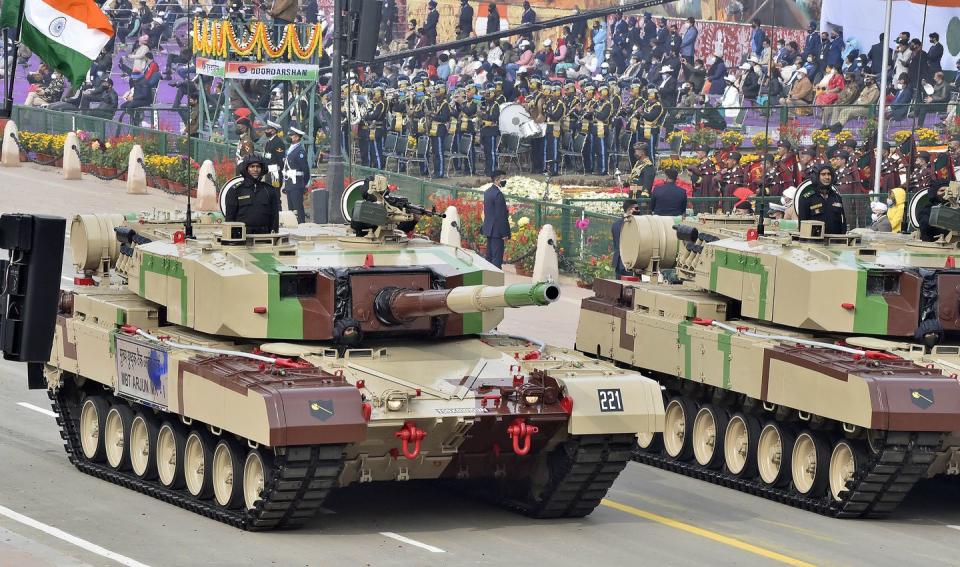
India’s first indigenous tank, the Arjun, had one of the longest development periods of any armored vehicle in recent history. The Arjun main battle tank was projected to enter service in 1985. Instead, the tank—named after one of India’s legendary warriors—blew deadline after deadline and entered service in 2009, a remarkable 37 years after the decision was first made to build it.
India’s defense establishment was not ready to build a modern main battle tank, and the Arjun was updated several times during the design process. The main gun was upgraded from a 105-millimeter to 120-millimeter gun, while the armor was increased to deal with advances in anti-tank weapons. Engineers also had to accommodate new technologies, including GPS navigation, laser warning receivers, and reactive armor. As a result of all these changes, Arjun’s weight ballooned from 40 tons to 62 tons, making what would have been a nimble tank one of the more sluggish tanks on the modern battlefield.
The Arjun Mk.1 entered service with the Indian Army in 2009, but the service was reluctant to buy what had become known as a mechanically-unreliable tank. The army was forced to buy 124 Arjun Mk. 1s, with the promise that future Mk.1A Arjuns would correct the original tank’s glaring flaws. The Arjun Mk.1 will probably serve for 20 years or less, considerably less time than it actually took to develop the tank.
T-72 (Russia)
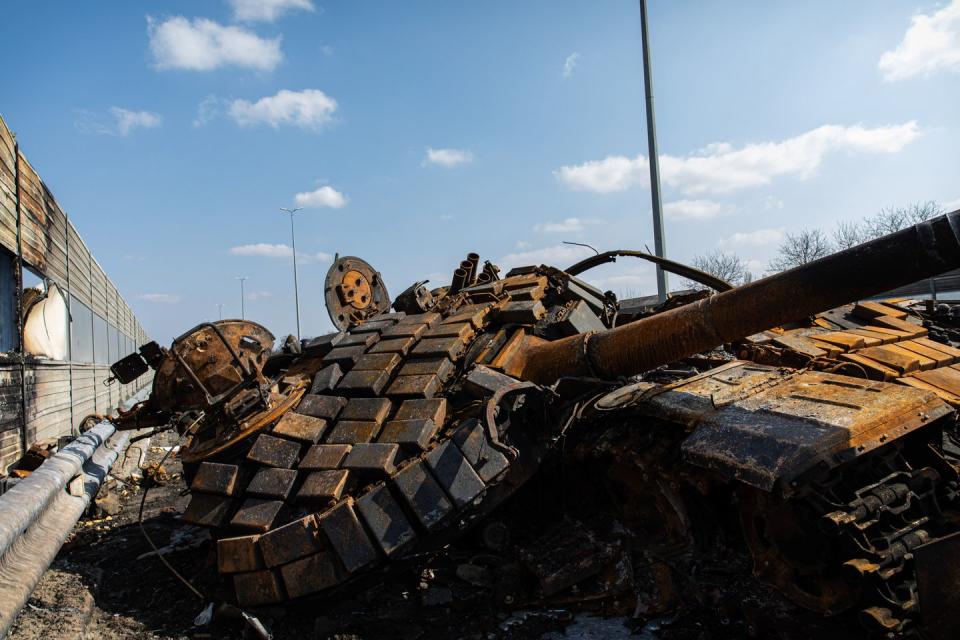
In the late 1960s, the Soviet Union sought to develop a tank that would be superior to existing NATO tanks in every way. The tank, later known as the T-72, would mount the powerful 125-millimeter 2A46M main gun, incorporate superior armored protection, have a low profile, and prowl the battlefield at high speeds. Soviet factories and licensees churned out 17,700 T-72s, and the tank was a major threat to the armies of NATO. These tanks still serve today in the Russian Army as the T-72B and T-72B3 main battle tanks.
Although a powerful tank on paper, the T-72 has serious problems. The main gun is mediocre by today’s standards, and the tank suffers from a lack of modern ammunition. The T-72’s low profile, while useful in avoiding detection, means the main gun cannot be elevated to engage enemies in multi-story buildings. Tanks such as the T-72B and -B3 have not received major armor upgrades, instead settling for the addition of blocks of reactive armor. Even today, most of the Russian Army’s T-72 tanks lack third-generation night vision sighting systems.
Perhaps the biggest problem is that the tank stores its main gun ammunition among the crew. A penetration of the tank’s main armor will often detonate the ammo, killing the crew before they have the opportunity to escape. Not only does this destroy the tank, it also wipes out an entire trained tank crew.
The T-72’s problems first came to light in the 1991 Gulf War, as Iraqi tanks demonstrated a tendency to violently explode in combat. The 2022 invasion of Ukraine has seen Russia lose 471 tanks in just six weeks, including 264 T-72s. Images of T-72s, their turrets blown off their hulls by ammunition explosions, are a common sight. A major problem is the use of anti-tank weapons with top attack capabilities, including the United Kingdom’s NLAW rocket and the American Javelin missile, which can circumvent the T-72’s main armor by firing a shaped charge into the top of a tank.
T-80 (Russia)
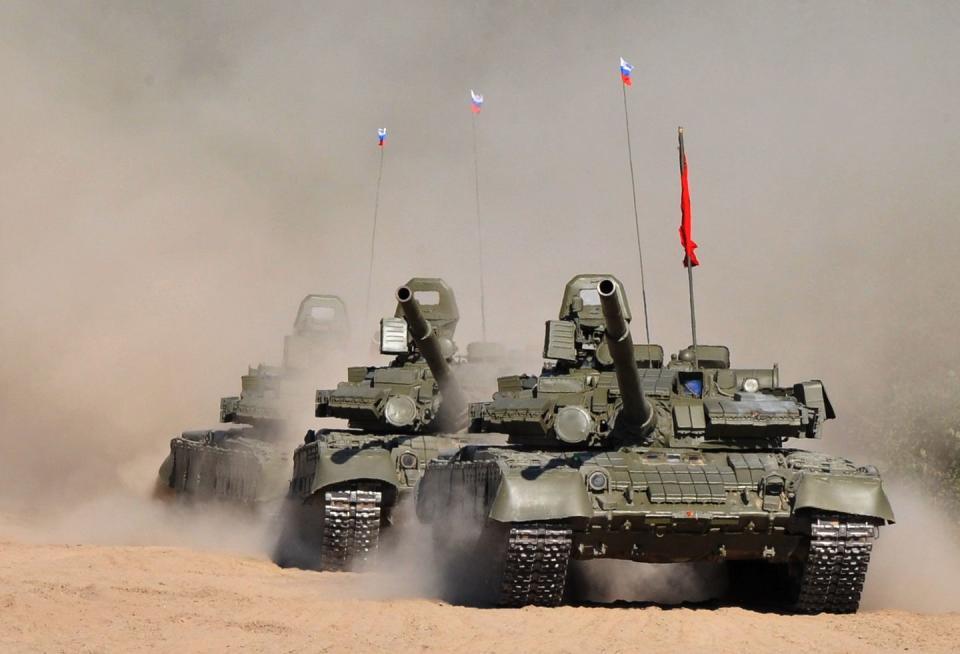
The T-80 is another holdover from the Soviet Union and, like the T-72, is serving beyond its expiration date. The T-80 and the T-72 are similar in armament, protection, and appearance, but with one key difference under the hood: the T-80 uses a gasoline-powered turbine engine instead of a diesel engine like the rest of the Russian Army’s tanks. This makes the T-80 more responsive on the battlefield and better in cold temperatures than a diesel-powered tank.
Despite these advantages, the T-80 has all the problems of the T-72 ... and then some. The T-80’s 1,250-horsepower GTD-1250 gas turbine engine is less reliable than the diesel engine that runs the T-72. It also uses more fuel and forces the Russian Army to keep two fuel supplies—gasoline and diesel—flowing to frontline units. This is a problematic combination for a Russian Army not known for attention to logistics and maintenance issues.
The T-80’s problems may have contributed to the overall failure of the Russian Ground Forces to achieve its objectives. Of 57 T-80U tanks lost by the Russian Army in Ukraine, only 15 were destroyed. The other 42 tanks were abandoned or captured, suggesting that the vehicles ran out of fuel or encountered mechanical problems. Of 21 slightly improved T-80BVM tanks, only six were destroyed, and the remaining 15 were either abandoned or captured.
Tiam (Iran)
The Islamic Republic of Iran has developed several tanks over the past four decades. The most dubious of these tanks is the Tiam (“Eyes”) tank. The Tiam is developed from the 1950s-era American M47 Patton tank. The M47 was supplied in large numbers to the Shah of Iran, but waves of international arms embargoes slapped on the country from 1980 to present have prevented it from acquiring a modern tank force. As a result, Iran’s “new” tanks are typically derived from older tanks, especially those acquired before the fall of the Shah in 1979.
Tiam uses the hull of the M47 Patton paired with 750-horsepower Continental AVDS-1790-2 V12 diesel engines drawn from other, equally old American tanks sold to the Shah. In other words, the engines are nearly 50 years old in many cases. The tank uses the turret of a Chinese Type-59 tank that is nearly as old, though Tiam turrets have been spotted with additional steel armor and explosive reactive armor. Despite the improvements, Tiam’s armor will be no match for the high-velocity anti-tank rounds of modern Western tanks, including the American M1 Abrams and German Leopard 2.
Like a lot of Iran’s modern military equipment, Tiam is a rejiggering of half-century old technology and equipment in an attempt to make something useful for the modern battlefield. While Iran might get an “A” for effort, the Tiam combines the worst aspects of all previous tanks on this list, including age, vulnerability, and reliability. Tiam is a tank born into second place, and as the conflict in Ukraine shows, there is no prize for second place in warfare.
You Might Also Like

